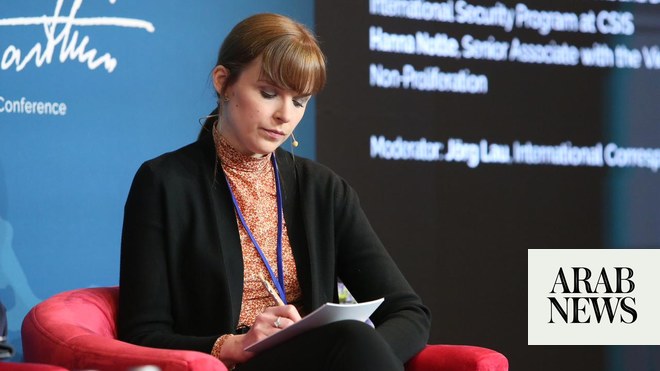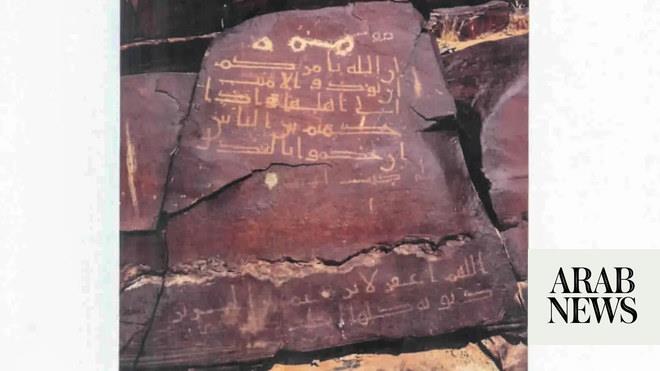
Far from being the “uncompromising abolitionist” of Ron Chernow’s hit biography and the Broadway musical it inspired, Alexander Hamilton not only owned enslaved people himself “but his involvement in the institution of slavery was essential to his identity, both personally and professionally”, new research claims.
“When we say Hamilton didn’t enslave people, we’re erasing them from the story,” Jessie Serfilippi, a historical interpreter at the Schuyler Mansion State Historic Site in Albany, New York, told the New York Times. “The most important thing is they were here. We need to acknowledge them.”
One leading historian of founders and slavery, Annette Gordon-Reed, said that in showing Hamilton “as an enslaver”, Serfilippi had “broadened the discussion”.
Among other achievements, Hamilton, the founder of the US banking system, is generally held to be one of the revolutionary generation less marked by the stain of slavery than, for instance, George Washington and Thomas Jefferson, the first and third presidents who both owned enslaved people.
Serfilippi’s research has therefore caused a stir.
“In the 21st century,” she writes, “Alexander Hamilton is almost universally depicted as an abolitionist. From Ron Chernow’s Hamilton to Lin-Manuel Miranda’s Hamilton: an American Musical, there is little room in modern discourse for questioning the founder’s thoughts and feelings on slavery.
“ … However, some of Hamilton’s writings often believed to express abolitionist sympathies or the evolution of such feelings are more in line with his politics than his morals.”
Hamilton has long been thought to have had an antipathy to slavery instilled by a childhood among the brutal sugar plantations of the British Caribbean. Serfilippi, however, writes that “to date, no primary sources have been found to corroborate” the idea.
Hamilton married into the Schuyler family, a powerful force in New York, then, like the rest of the United States, a state where slavery was legal although it was in local decline. Recent research on the Schuylers’ ownership of enslaved people has turned up skeletons as well as plentiful evidence.
Biographers including Chernow have long noted that Hamilton may have owned enslaved people. Serfilippi cites evidence from his account books which suggests that he did, for example a payment of $250 to his father-in-law, Philip Schuyler, for “[two] Negro servants purchased by him for me”.
Chernow told the Times that though Serfilippi had done “a terrific research job that broadens our sense of Hamilton’s involvement in slavery in a number of ways”, she had not sufficiently considered his anti-slavery activities.
But Gordon-Reed, a Harvard professor and the author of The Hemingses of Monticello, about those enslaved by Jefferson, called Serfilippi’s work “fascinating”.
In a year marked by protests against police brutality and racial injustice, most statues and public monuments defaced or removed across the US have been of leaders or soldiers of the Confederacy, the rebel state which fought and lost the civil war between 1861 and 1865 in an attempt to maintain slavery.
But the reputations of the founders and other American leaders – even Abraham Lincoln, the president who abolished slavery and won the civil war, and Ulysses S Grant, the general who fought it – have also come under renewed scrutiny.
This summer, Miranda responded to criticism of his musical for not engaging with the realties of slavery and Hamilton’s relationship to it.
“All the criticisms are valid,” he wrote. “The sheer tonnage of complexities and failings of these people I couldn’t get. Or wrestled with but cut. I took six years and fit as much as I could in a two-and-a-half-hour musical. Did my best. It’s all fair game.”
Regarding Serfilippi’s research, Gordon-Reed wrote on Twitter that it “reminds of the ubiquitous nature of slavery in the colonial period and the early American republic.
“Alexander Hamilton as an enslaver broadens the discussion.”












